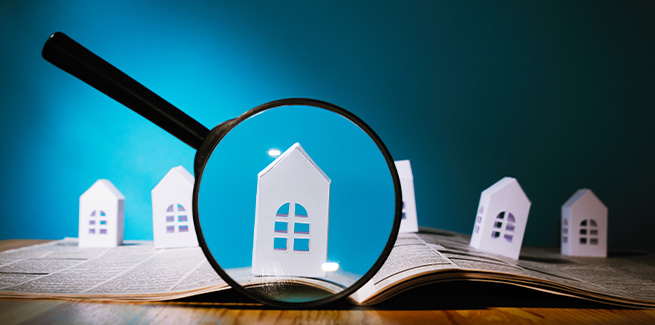In a submission to the ongoing parliamentary inquiry into housing affordability Domain has argued that the COVID-19 will continue to squeeze young people and low-income workers out of the housing market.
The recession in 2020 will widen the growing gaps between home owners and those who don’t own a home, the young and old; and people with secure jobs and those without, the document said.
It pointed to RBA analysis showing 18 per cent of households with high loan-to-value ratios (LVRs), which were generally young people just starting to pay off their mortgage, deferred their home loans while a survey found 30 per cent of renters aged 18-49 lost some or all of their income during the recession.
“Research has found that entering the workforce during an economic downturn has a long term impact on salary and career progression,” the submission stated.
“Impact of lockdown disproportionately impacts the younger generation, under 25 year olds are more likely to be employed in sectors that are shutdown. Exposure to an economic shock during early career stages results in ‘scarring’. The long term impact is a 1.3 per cent lifetime wage penalty for every percentage point increase in the initial unemployment rate.”
Domain has urged the government for attention and support for young people, stating it will be an “issue for generations to come due to the economic impact of COVID-19 on Australia’s emerging workforce”.
Meanwhile, Australians with higher wealth and incomes will be able to take advantage of income tax cuts, ultra-low interest rates and new bank lending rules, the report said.
Domain noted the household savings ratio had doubled to 12 per cent over 2020, due to higher disposable income and lower consumption. The additional saving was used typically to pay down debt or create a financial buffer, pushing down the mortgage debt-to-income ratio.
Improved mortgage serviceability for home owners as a result of low interest rates was also noted, but Domain warned of affordability consequences for those not yet on the property ladder.
“Low mortgage rates and property price growth tend to go hand-in-hand. Falling and low-interest rates ignite market activity, and housing values increase as a response,” the submission said.
“Housing affordability is challenged in the face of rising prices to a point that the benefits of lower mortgage rates become diminished.”
House prices also thrived through 2020 and into 2021, despite Australia experiencing its first recession in 30 years.
A Domain report from June showed median house prices were up by 18.8 per cent year-on-year to a new high of almost $1 million, or $955,927.
In Sydney, the median house price surged by 24 per cent to $1.4 million, rising by almost $1,200 a day in the second quarter of the year.
In Canberra and Melbourne, the median price is now also more than $1 million.
National unit prices on the other hand grew by 6.7 per cent year-on-year, to a new record high of $601,492.
While units had a price gap lagging behind houses in Sydney and Melbourne of 79 per cent less, Domain raised the alarm around Sydney unit prices accelerating, which could further exacerbate affordability.
The city saw buyer demand on par with that for houses.
“The number of units for sale in Sydney is now shrinking, indicating an increased rate of absorption. [Units] are being purchased quicker than units are being listed for sale,” the submission said.
Domain reasoned that rising housing prices have constrained buyer budgets and there is a supply imbalance for those priced out of houses and looking to buy medium-density housing, such as a split block.
“To meet the demand for more medium-density housing, state and local governments need to change planning rules that constrain the building of medium-density housing in Australia’s capital cities, particularly in areas close to public transport. Current data shows a ‘missing middle’,” the submission said.
Stamp duty versus land tax
Shifting from stamp duty to a property tax, as the NSW state government intends to do, could improve housing affordability by reducing upfront costs, Domain stated.
However, it warned there could be a risk of market segregation, with owner-occupiers who purchase forever homes choosing to pay stamp duty, while investors, driven by tax incentives, and areas with higher turnover opt for an annual property tax.
“This could create a greater divide between investment stock and owner-occupier stock,” the submission said.
Calculated stamp duty for Sydney local government areas (LGAs) ran as high as $98,745 from the Northern Beaches Council – compared to estimated cumulative property tax for the same area reaching $17,622 in five years, $37,232 in 10 years and $59,090 after 15 years.
Domain estimated that the total property tax paid would not reach the same levels as stamp duty until after the 20-year mark ($83,492), before it hits $110,722 at 25 years.
The House of Representatives’ standing committee on tax and revenue began its inquiry into housing affordability and supply in Australia in August, hosting its first hearings in early September, where it heard from Treasury, the Reserve Bank and the Department of Social Services.
[Related: Building more homes could cut prices by 20%: Grattan Institute]

